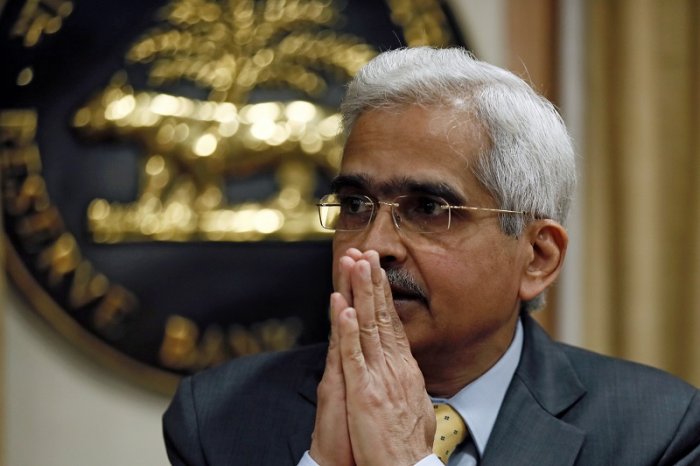Dasarathi Mishra

RBI Governor Shaktikanta Das has risen to the occasion to combat the impact of pandemic COVID-19 crisis on the Indian economy, as announced in Seventh Bi-monthly Monetary Policy statement on 27 March 2020. To mitigate the destructive forces of the coronavirus, in a swift response, RBI mounted a “war effort” using both conventional and unconventional measures placing emphasis on revival of growth and preservation of financial stability.
The stimulus package announced by the central bank includes:
Sizeable reduction of policy Repo Rate by 75 basis points (from the existing level of 5.15 per cent to 4.4 per cent)- a record in the recent past – was effected. Simultaneously, the fixed rate reverse repo rate which sets the floor of Liquidity Adjustment Facility (LAF) corridor was reduced by 90 bps to 4 .00 per cent.
Massive Liquidity injection measures are unleashed. The three-pronged approach comprising Targeted Long Term Repo Operations (TLTRO), reduction of CRR and enhancing the limit of Marginal Standing Facility (MSF) will inject ₹ 3.74 lakh crores to the banking system.
These steps are designed to place more and more funds in the hands of the banks and ultimately with borrowers.
TLTRO will tide over the adverse effects on economic activity as large scale sell-offs in the domestic equity, bond and forex markets have intensified redemption pressures. Under the Scheme, RBI will conduct auctions of targeted term repos of three years tenor for an aggregate amount of ₹ 1,00,000 crore. Liquidity availed by banks under the scheme has to be deployed in corporate bonds, commercial papers and non convertible debentures (NCDs ).
Cash Reserve Ratio (CRR): As per the Monetary Policy, the CRR for banks is reduced by 100 bps to 3 per cent of NDTL with effect from 28 March 2020 for a period of one year. This reduction will release primary liquidity of about ₹ 1,37,000 crore and increase the lendable resources of the banks to that extent.
Marginal Standing Facility (MSF) is a supplementary window to enhance liquidity in the system. According to the announcement, RBI has decided to increase the accommodation under MSF from 2 per cent of the Statutory Liquidity Ratio (SLR) 3 per cent. This measure will be available up to 30 June 2020. This facility will give liquidity comfort to the banking system to the extent of ₹ 137,000 crore.
The above three measures relating to TOTLO, CRR and MSF will inject a total liquidity of ₹ 3.74 lakh crore to the system.

RBI acknowledges that alongside liquidity management of the system, it is important to mitigate the burden of debt servicing. According to RBI “Such steps will go a long way to prevent the transmission of financial stress to the real economy and ensure the continuity of viable businesses and provide relief to borrowers in these extraordinary troubled times”.
Concomitantly, two remarkable steps were taken: moratorium on term loans and deferment of interest on working capital finance. In respect all term loan ( agriculture term loan, retail loan and housing loans, credit card instalments) , all commercial banks , co-operative banks, NBFCs, Housing Finance Companies are to grant moratorium of three months .
Governor in his Press Conference emphasized to move towards digital payments.




























